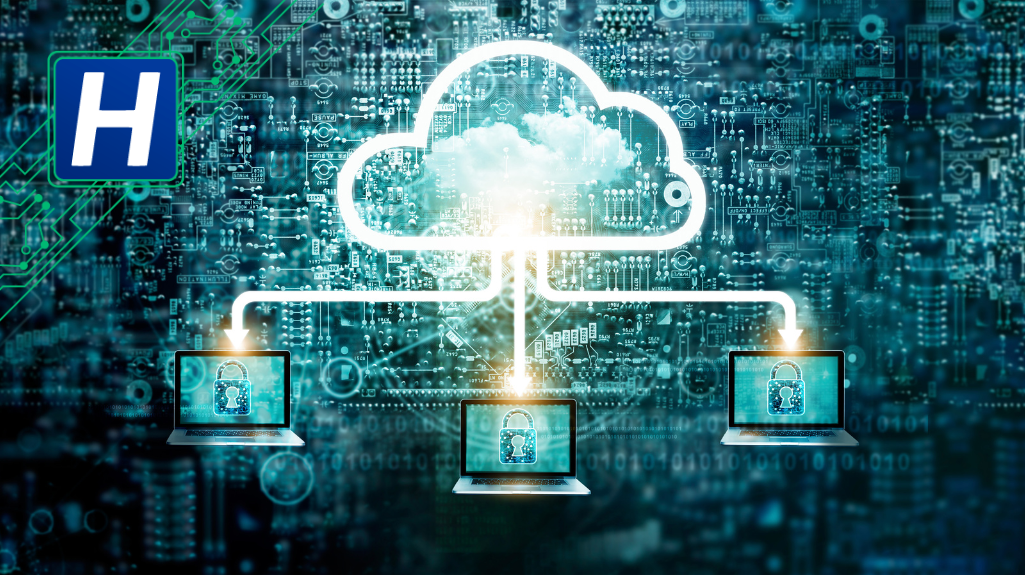Convincing enterprises to move into the cloud in the early days was not easy. Cloud protection was virtually nonexistent, and the security policies and strategies of the day were inadequate for dealing with what was viewed as a vastly different IT environment. These days, however, cloud computing is the norm. So it is more important than ever to understand the principle of privileged access management (PAM) as a path to a more secure cloud environment.
PAM is more than just a single tool or strategy. To the contrary, it is a comprehensive collection of technologies, processes, and policies designed to keep cloud environments secure by controlling access through privileged accounts and resources. It includes routine environment monitoring and control to keep unprivileged users out of secure spaces
A Real World PAM Example
PAM is more easily understood with a real-world example. Consider a surgeon who needs access to a patient’s electronic health records (EHRs) prior to performing a scheduled procedure. Her standard user account doesn’t give her such access due to not having the necessary elevated permissions.
The surgeon can request temporary access to the records through a pam system. That system verifies the doctor’s identity and the device through which records will be accessed. With appropriate confirmation, she has the authority to access the EHRs. If the system is also equipped with just-in-time access, the surgeon will only be able to see the records for a limited period of time. Following the surgical procedure, her elevated privileges are revoked.
4 Key Functions
A primary goal of an organization’s cloud protection strategy is to prevent both external and internal attacks. Not only do organizations want to keep outsiders on the outside, but they also want to prevent lateral attacks launched by anyone already inside. PAM brings four key functions to the table, functions that mitigate attacks by enforcing least privilege policies:
- Attack Surface Reduction – Purposely limiting account privileges also limits the number of people with access to a given space. This reduces the attack surface by giving threat actors fewer avenues of access.
- Insider Threat Mitigation – Not all cybersecurity threats come from the outside. Many come from inside, requiring some way to restrict and monitor individual user activities. PAM does just that.
- Improved Visibility & Control – PAM offers the opportunity to generate more detailed auditing and logging of user activity across privileged spaces. This improves an organization’s ability to respond to suspicious behavior.
- Compliance Improvements – When industry standards dictate strict access controls in a cloud environment, PAM tends to deliver more consistent compliance.
PAM can be combined with zero trust network access to completely lock down a cloud environment so that literally nothing in that environment can be accessed without the appropriate privileges. Doing so is a complex task that requires knowledge and expertise. It is something that Hillstone Networks excels at.
Why PAM Is Important to the Cloud
Now that cloud computing is the standard among organizations of all sizes, PAM is more important than ever. If you are not sure why, it really boils down to understanding the differences between cloud and local network computing. How we use the cloud says it all.
Remote Data Access
Unlike traditional network computing, the cloud facilitates remote data access more efficiently. So much so that we are now used to accessing data from anywhere. A team member might interact with user accounts in the office today, only to collaborate with fellow team members from a remote location tomorrow. The fact that clouds are accessible from anywhere dictates that access to data be restricted.
User Devices
Further complicating the risks of remote access is the greater frequency of bring-your-own-device (BYOD) policies. With so many personal devices being added to the mix, privileged access is no longer optional. Organizations cannot afford the risk posed by unprivileged devices and users.
Privilege Creep
Lastly, when organizations do not make a concerted effort to implement PAM, there is a tendency to experience privilege creep. Over time, too many people within an organization end up with access to sensitive information they have no need of. That presents a security risk that would be deemed unacceptable by most cybersecurity experts.
Here are key examples of PAM practices:
Password Vaults: Secure storage for privileged account credentials, preventing unauthorized access.
Session Management: Monitoring and recording privileged access sessions, with capabilities to terminate suspicious activities.
Least Privilege Enforcement: Limiting user access rights to the minimum necessary for their job functions.
Multi-Factor Authentication (MFA): Adding an extra layer of security for privileged accounts by requiring multiple forms of verification.
Access Request and Approval Workflows: Implementing a process for requesting and approving privileged access, ensuring accountability.
Just-In-Time Privileges: Temporarily granting privileges when needed for specific tasks, then automatically revoking them.
Privileged User Behavior Analytics (PUBA): Analyzing user behavior to detect anomalies that could indicate security threats.
Privileged Account Discovery: Identifying and documenting all privileged accounts to ensure they are managed and monitored.
Credential Rotation: Regularly changing passwords of privileged accounts to prevent attacks.
Secure Remote Access: Providing safe methods for remote access to privileged accounts, often using VPNs and encryption.
PAM is about combining these elements to protect against unauthorized access and potential security breaches.
Hillstone Networks believes in the power and potential of PAM. Combined with other cybersecurity solutions, PAM goes a long way toward protecting even the biggest cloud environments.



